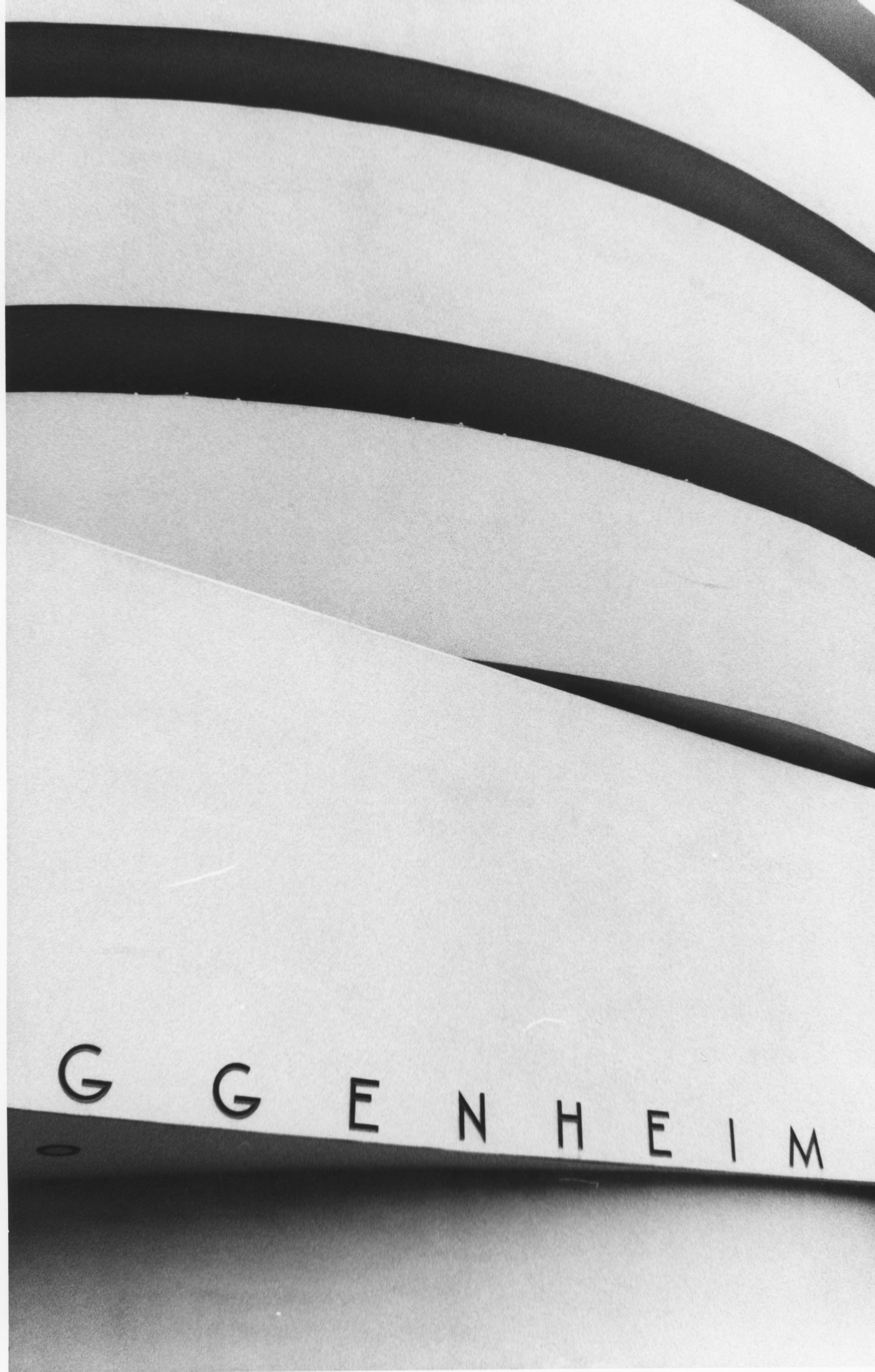
The sharp angles of a nameless Manhattan building converge with the curves of Central Park’s enduring branches, an image captured in a double exposure that blends the details of urban architecture with the natural beauty of the earth. The black-and-white composition underscores the fragile balance between human engineering and the finite nature of the natural environment, urging the viewer to reflect on finding a balance between environmental conservation and architectural beauty.

A close up of a weathered emergency phone box on the Upper East Side, its surface layered with faded stickers and graffiti. Once a symbol of public utility, the phone box now serves as a miniature billboard, reflecting the community’s voices, causes, and advertisements. The image invites reflection on how urban objects evolve into public totems, shaped by the people that interact with them daily.

The number 9 stands prominently on the awning of a decorative Upper East Side building, its large windows and intricate design framed by an unusual angle. The image invites the viewer to consider the significance of arrival and the spaces we create to signify belonging and entry.

With its sharp edges and flowing curves, the circular fence at Carl Schurz Park offers a unique perspective of the East River and the distant Astoria coastline. The jagged edges of the fence contrast against the flowing East River, evoking a sense of haunting introspection

The Guggenheim’s architecture exemplifies the Bouba/Keke design concept, where the curved lines of the building’s top exude calm and balance, while the sharp angles of its base—emblazoned with 'GGENHEIM’—inject a spark of energy into the image. Together, they create an entryway that captivates the viewer

The lanterns marking the C/B subway entry at 79th Street Central Park station are framed by a floral canopy of trees, merging the urban structure with its natural surroundings. This hybrid design creates a rare gateway where urban architecture and nature coexist harmoniously
